The Federal Reserve is the United States' economic puppet master. It controls monetary policy to balance employment and inflation, which is no easy feat. Think of them as a DJ, adjusting interest rates to keep the financial party going. They also keep an eye on banks, ensuring they don't pull a fast one, while providing essential services to keep money flowing. Curious about how they pull it all off? Buckle up for more insights ahead!
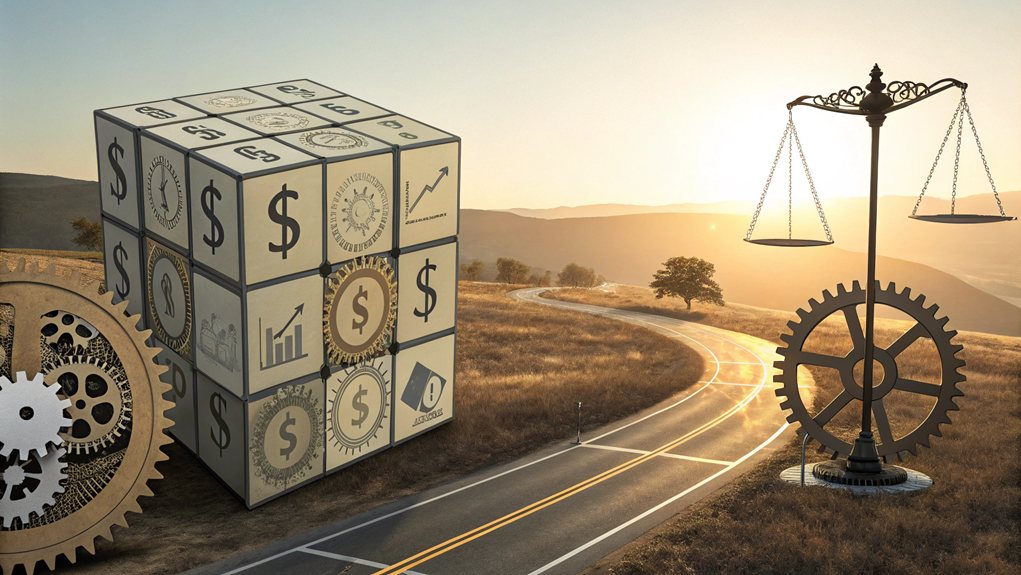
When it comes to economic policy, the Federal Reserve is like the mysterious puppet master pulling the strings behind the curtain. It's the central bank of the United States, wielding enormous influence over the economy. Its main goals? Maximum employment, stable prices, and moderate long-term interest rates. Sounds simple, right? Well, not quite. The Fed's operations are more complex than a Rubik's Cube.
The Federal Open Market Committee (FOMC) is the brains behind the operation. They set the target for the federal funds rate, which is fundamentally the Fed's version of a magic wand for interest rates. Through open market operations, they buy and sell securities to tweak the money supply. Think of it as adjusting the volume on your favorite playlist. Too loud, and it's chaos; too soft, and it's a snooze-fest.
The FOMC is the Fed's mastermind, adjusting interest rates like a DJ fine-tuning a party playlist.
But wait, there's more! The Fed also manages its own balance sheet, adjusting through buying and selling assets like a savvy investor on a shopping spree. They even engage in something called forward guidance, which is just a fancy way of saying they try to communicate their future intentions. It's like trying to read the tea leaves, really. The FOMC's decisions directly influence the federal funds rate, which in turn shapes economic decisions made by businesses and households. In addition, the Fed's independence allows it to make decisions free from political pressure, ensuring long-term economic stability.
The Fed's impact is significant. Changes in interest rates ripple through consumer and business spending. It's not just about numbers; it affects people's lives. Lower rates might mean more jobs, but then inflation can rear its ugly head.
On the regulatory side, the Fed oversees banks, ensuring they play nice and comply with the rules. They're the watchdog of the financial system, keeping an eye out for any trouble. After all, a stable financial system is vital; otherwise, it's like a house of cards waiting to collapse.
Finally, the Fed provides critical financial services. It operates the national payments system, helping keep the gears of the economy running smoothly.
Frequently Asked Questions
How Does the Federal Reserve Influence Inflation Rates?
The Federal Reserve wields serious influence over inflation rates. They hike interest rates to cool down spending. Higher rates? Less borrowing. Simple math.
When they sell securities, it tightens the money supply, making cash scarcer and interest rates rise. They even keep an eye on banks' reserves. All this is about keeping inflation in check.
It's a balancing act, and sometimes, it feels like walking a tightrope over a pit of flaming dollar bills.
What Tools Does the Federal Reserve Use for Monetary Policy?
The Federal Reserve has some nifty tools for monetary policy.
Open market operations? Yep, they buy and sell government securities to tweak interest rates.
There's the discount rate, which is basically the price banks pay for loans.
Reserve requirements force banks to hold back some cash.
And don't forget the interest on reserve balances—it encourages banks to keep their money parked at the Fed.
Simple, right? Well, sort of.
Welcome to the monetary playground!
How Does the Federal Reserve Affect Unemployment Levels?
The Federal Reserve plays an essential role in shaping unemployment levels. By tweaking interest rates, it can make borrowing cheaper. Businesses might invest, hire, and suddenly, voilà—more jobs!
But if companies are jittery about the economy, even low rates can't spark hiring. Inflation worries? That's another beast to wrestle. Balancing job growth with price stability is no easy task. It's like juggling flaming swords—one slip, and everything goes haywire.
What Is the Federal Reserve's Relationship With the Government?
The Federal Reserve and the government? It's a complicated dance.
The Fed operates independently, setting its monetary policy without needing a thumbs-up from Congress or the President.
But wait, there's more! It still reports to Congress and keeps the lines of communication open.
They're like that friend who does their own thing but occasionally checks in.
How Does the Federal Reserve Monitor Financial Stability?
The Federal Reserve keeps a close eye on financial stability, like a hawk watching for trouble. It spots risks—think asset bubbles and excessive borrowing.
Teaming up with the Financial Stability Oversight Council, they analyze the implications of these risks. They stress-test banks to see how they'd hold up in a crisis.
Semiannual reports? Yep, they publish those too, shining a spotlight on vulnerabilities. It's all about keeping the economy from crashing down.
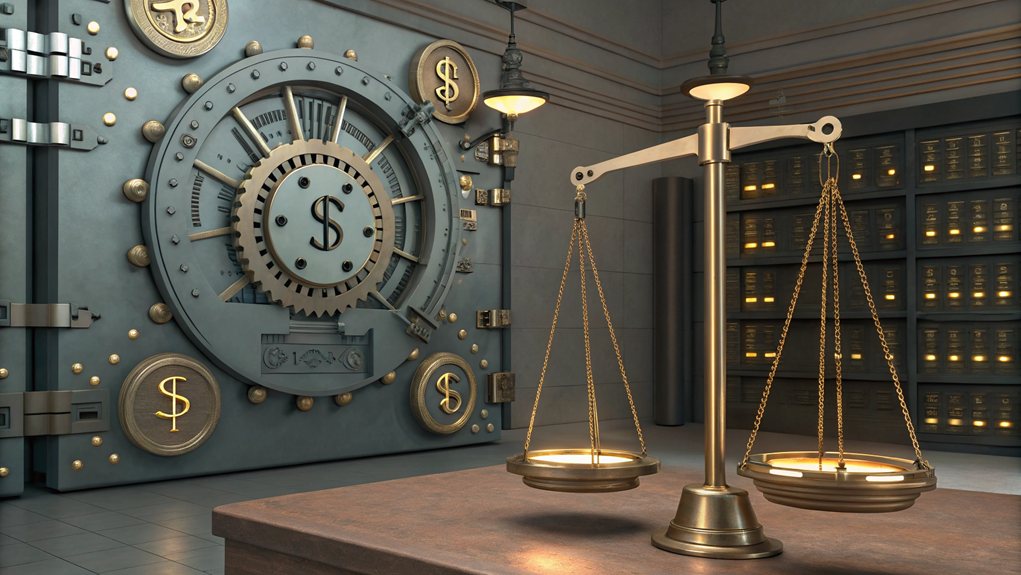
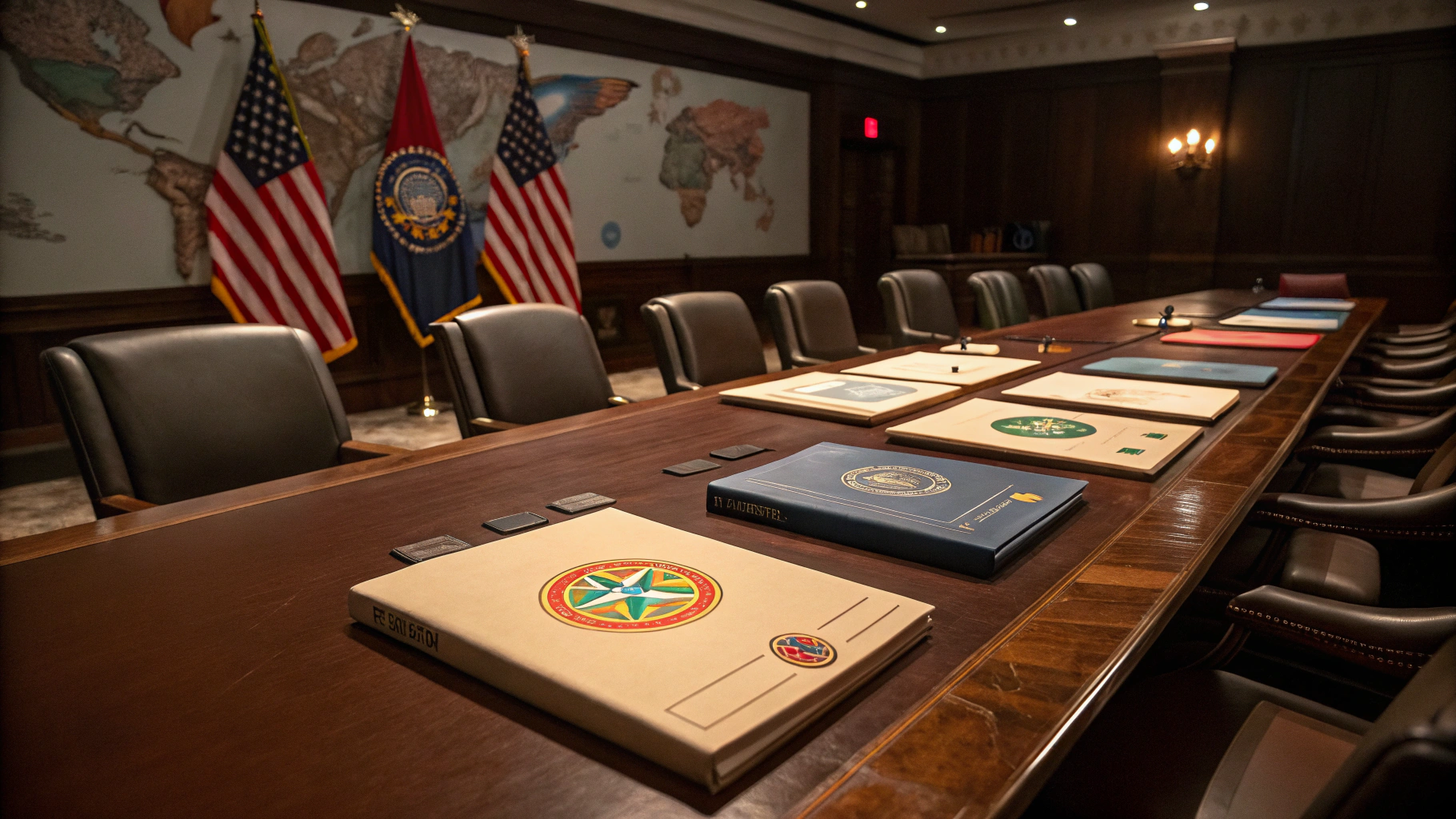
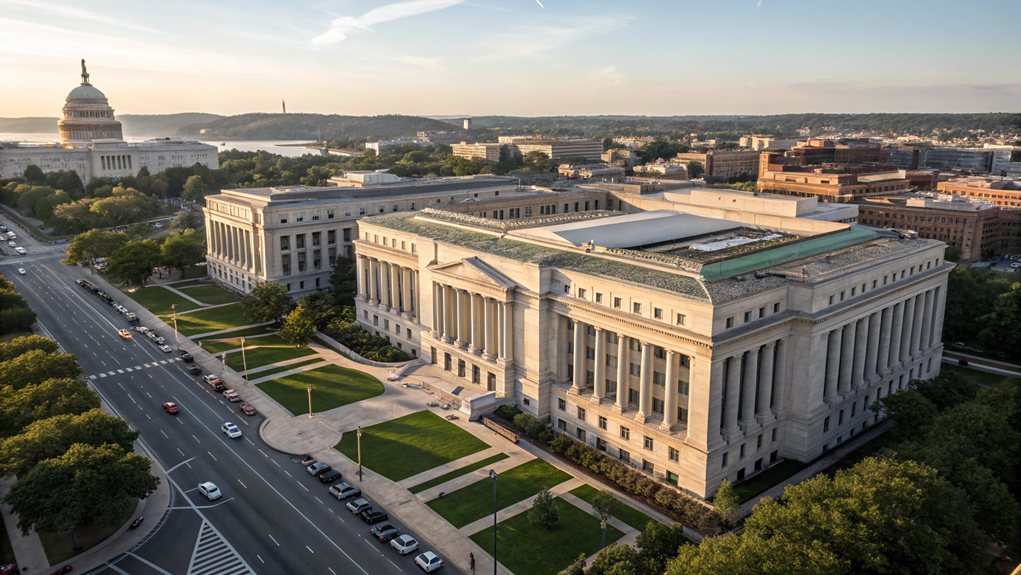
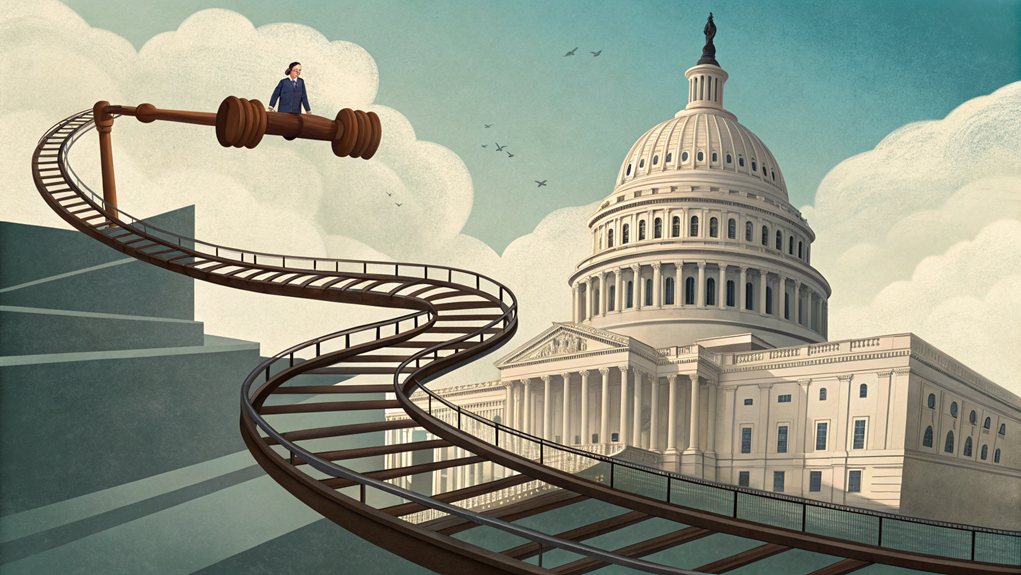
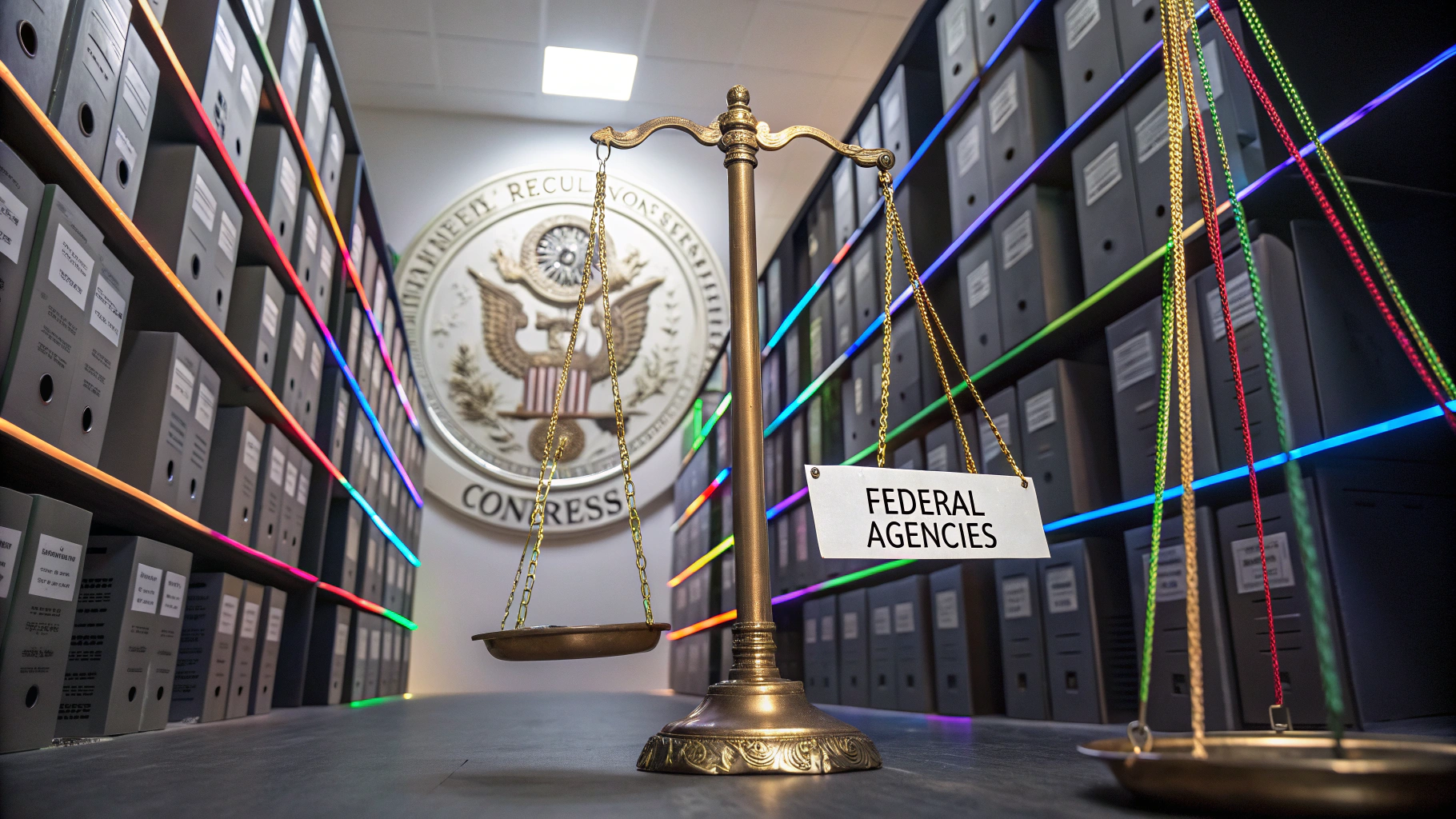


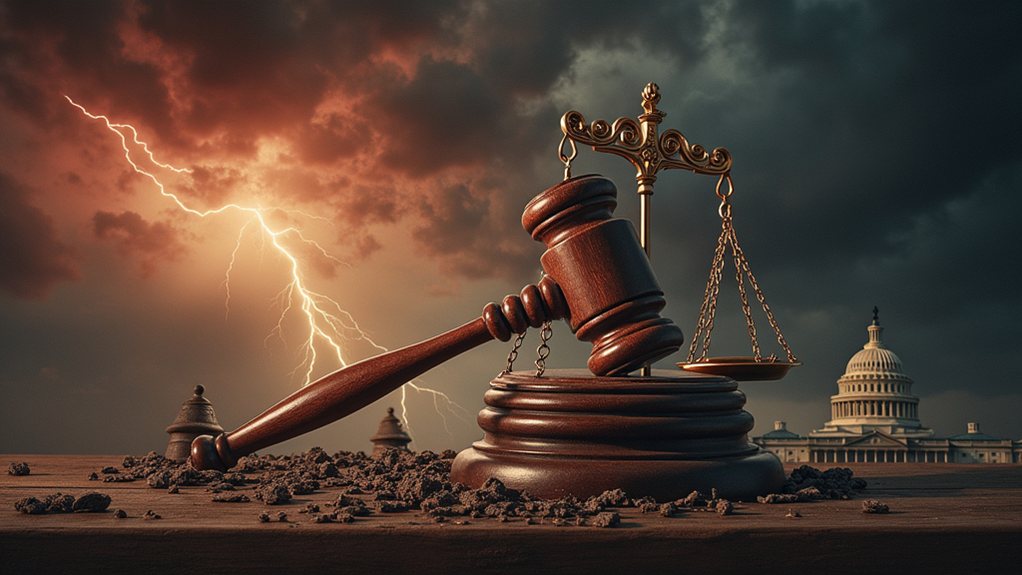

1 comment
Comments are closed.